
BE THE FIRST TO KNOW
Subscribe to the Porto eCommerce newsletter to receive timely updates from your favorite products.
Most people don’t think twice about their carpet. But the truth is, carpet is one of the largest materials in your home, and not all of it is good for your health or the planet.

The good news? There are better, safer, and more sustainable carpet options available now. Whether you’re trying to improve your indoor air, lower your environmental impact, or just want a better flooring option, this guide breaks it all down for you.
We’ll walk through what makes a carpet sustainable, the best materials to look for, how to avoid harmful chemicals, and even what to do with your old carpet when it's time to move on.
Let’s help you make a smarter flooring choice; one that’s good for your home and for the planet.

A sustainable carpet does more than just look good, it’s made to be safer for your home and less harmful to the planet. That means it uses cleaner materials, avoids harsh chemicals, and is designed to either last longer or break down more easily when you’re done with it.
Instead of relying on heavy synthetics, these carpets are made from things like wool. Some use recycled materials, like plastic bottles or old carpet scraps. Choosing these kinds of materials helps cut down on waste and lowers the amount of water and energy used during production.
Another big plus? They’re better for your air. Regular carpets can release VOCs, those are volatile organic compounds that can build up in your home and mess with your health. A good eco-friendly carpet keeps those to a minimum or cuts them out completely.
If you're not sure how to tell if your carpet is sustainable, look for third-party certifications. These include:

These labels indicate that the carpet meets higher standards for safety and sustainability.
Not all carpets are made the same. If you want to make a sustainable and healthy choice, the first thing to look at is the material.
Here are the best sustainable carpet options to consider:
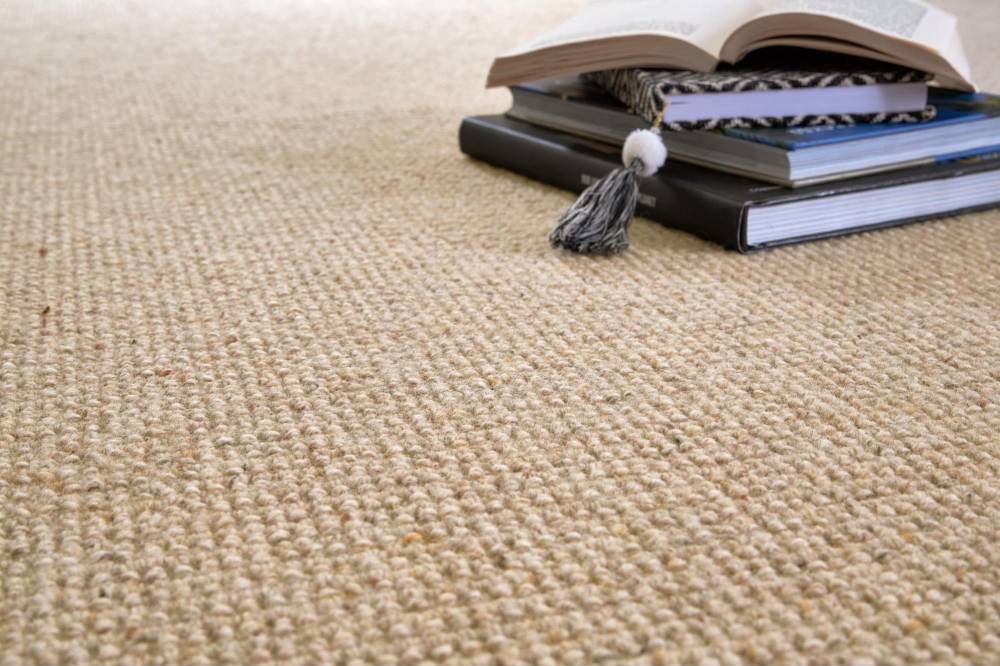
Wool is one of the top choices when it comes to natural carpet fiber options. It’s a renewable resource, naturally soft, and doesn't need a lot of chemical treatment.
It also holds up well over time, so you won’t need to replace it as often. That means less waste, and less cost in the long run.
Best for: Living rooms, bedrooms, and low-moisture areas
Avoid in: Basements or damp spaces (wool doesn’t love moisture)
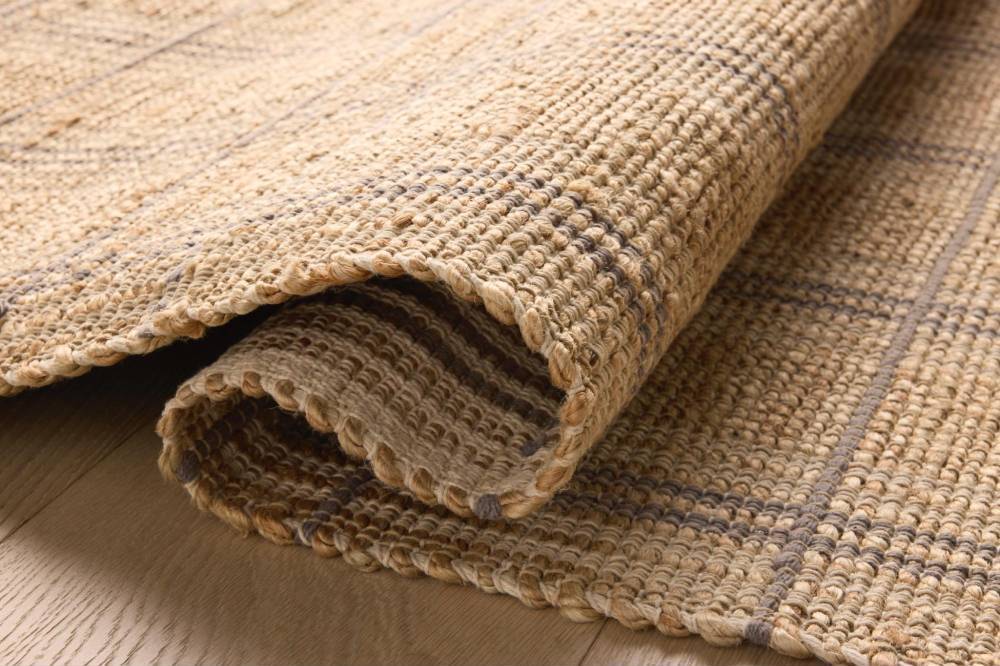
These carpets are made from natural fibers and are fully biodegradable. That means when they wear out, they’ll break down naturally instead of sitting in a landfill.
They don’t off-gas harmful chemicals, which makes them great for indoor air quality.
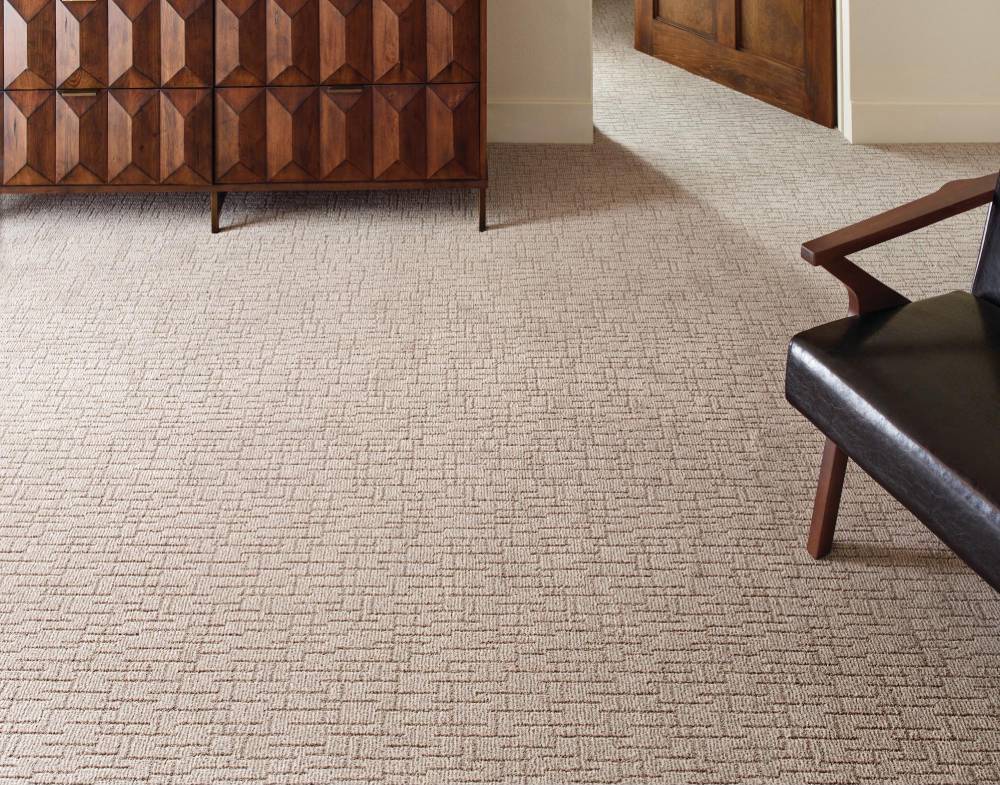
Some carpets are made from recycled materials, like plastic bottles or even old carpet. These are especially common in carpet tiles and commercial carpet options.
PET carpet (from plastic) is soft and stain-resistant. Recycled nylon is strong and great for busy areas.
Look for labels that confirm the carpet is made with recycled content and low-VOC backing.
If you're concerned about your indoor air quality, this part matters.
Some carpets release volatile organic compounds (VOCs)—those are chemicals that can hang in the air and mess with your health. They’re often found in glues, dyes, and synthetic backings.
Wool is a natural winner. It doesn’t need harsh chemicals to be soft or durable. It also helps filter air by trapping dust and allergens.
If you're looking for a sustainable carpet that’s also low in toxins, wool carpet is a top pick.
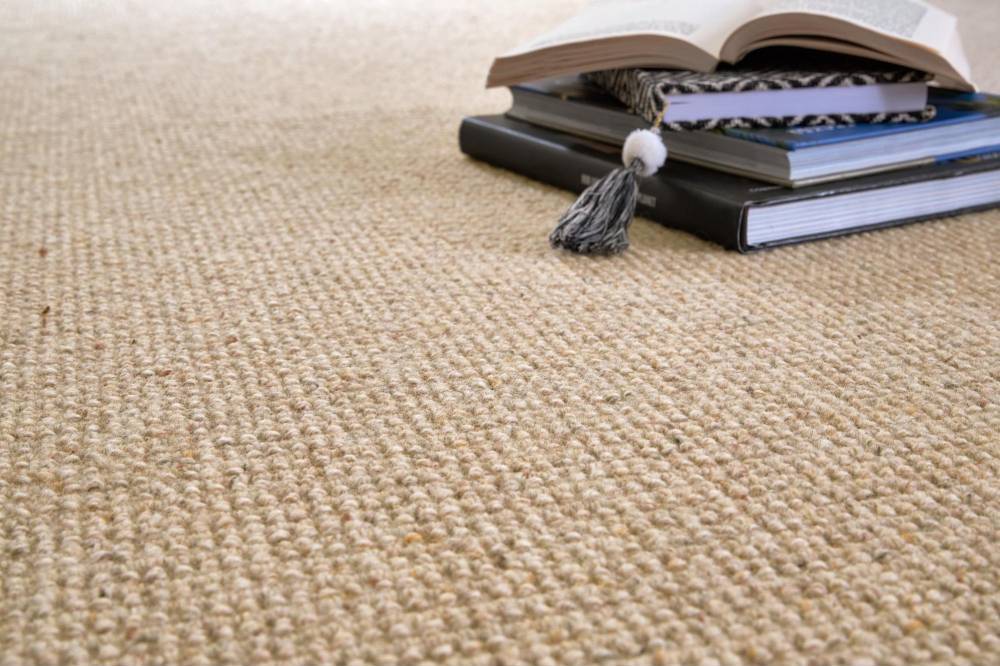
Materials like jute, sisal, and coir are free from chemical treatments. They’re biodegradable, non-toxic, and don’t release VOCs.
Just make sure you choose options with sewn edges—not glued ones.

If you're going with a synthetic carpet, pick one that’s certified low-VOC. Look for:
These labels mean the carpet has been tested and meets safer air quality standards.
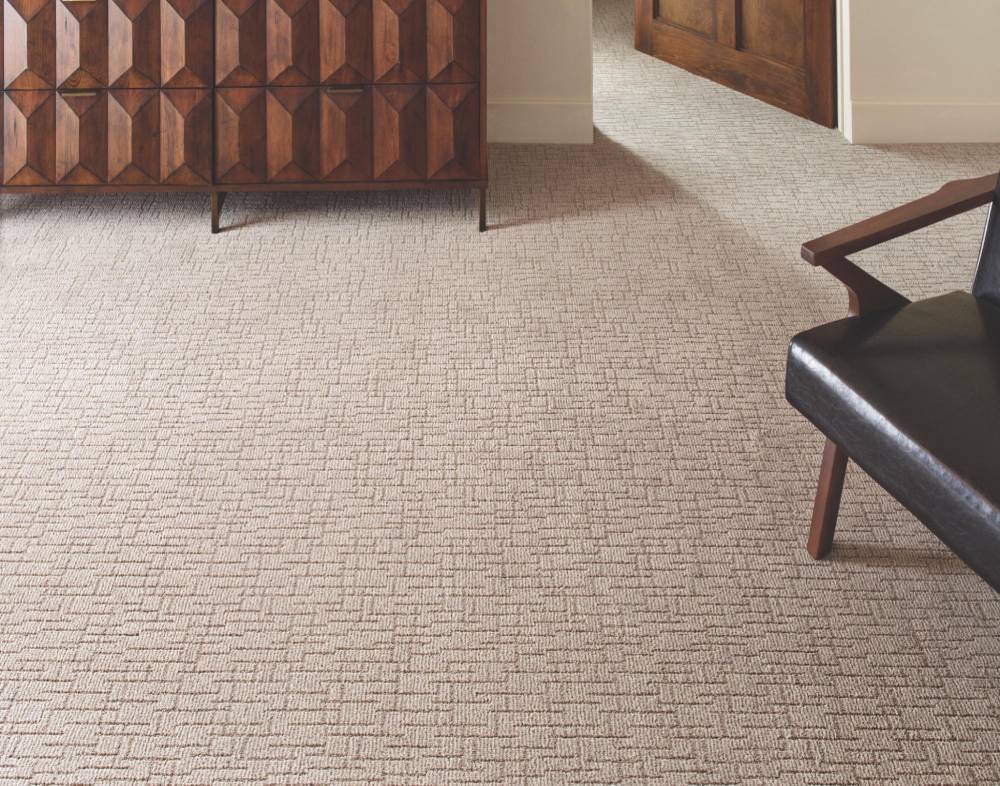
Quick tip: Always check the carpet backing. Some carpets may use eco materials up top but still glue them to a chemical-heavy base.

VOC stands for volatile organic compounds—and yes, they’re as sketchy as they sound. These gases come from things like adhesives, dyes, and backing materials.
Too many VOCs can lower your indoor air quality, causing headaches, allergies, or breathing problems over time.

Carpets made from recycled materials with eco-certified backing
Look for clear labeling. If the brand doesn’t mention low-VOC, it probably isn’t.

Switching to natural carpet fibers isn’t just about helping the planet—it’s also better for your home and your health.
If you’re done with carpet altogether, you’re not out of options. There are plenty of sustainable flooring choices that look great, last long, and skip the chemical mess.
Vinyl doesn’t sound eco, but some newer flooring options are made from recycled materials and certified low-VOC. Look for brands focused on green building.
Layer an eco-friendly rug over wood or concrete for a softer feel without committing to wall-to-wall carpet.
Still love the idea of carpet? Then stick to eco-conscious carpet options, you’ve got more than you think.
Not every carpet that says “green” is actually sustainable. Some just look eco-friendly but still come loaded with synthetic fibers, chemical dyes, or glues that affect your indoor air quality.
Before you buy, ask these simple questions:
Look for carpets made from natural fibers like wool or jute. Or choose carpets manufactured from recycled materials like PET or nylon.
Check for labels like Green Label Plus or GreenGuard Gold. These tell you the carpet meets strict standards for air quality.
Sustainable carpets also need to last. A wool carpet, for example, can outlive most synthetic ones, so you won’t need to replace it as often.
Picking a sustainable carpet doesn’t have to be overwhelming. Just keep a few key points in mind:
Choose carpets made from natural fibers (like wool or jute) or carpets made from recycled materials (like PET plastic bottles).
Trust third-party labels like:
These labels indicate that the carpet meets strict standards for safety and environmental impact.

You don’t need to sacrifice comfort or style to make a better flooring choice. Today’s eco-friendly carpets are softer, safer, and smarter than ever.
Whether you go for a cozy wool carpet, a textured natural fiber option, or carpet tiles made from recycled materials, you’ve got real choices that reduce your environmental impact.
And if carpet isn’t your thing anymore? That’s okay too. There are plenty of sustainable flooring options out there that are low-VOC, low-waste, and made to last.
Still sorting through all the carpet options? We get it, there’s a lot to think about.
At Carpet Exchange, you can explore a wide range of eco-friendly carpets, compare materials, and get advice on what works best for your space, your lifestyle, and your air quality.
Whether you’re looking for wool, recycled materials, or low-VOC carpet options, their team can help you make a choice that feels good in every way.
Visit Us to start your search for a better floor.
The best alternative to carpet depends on your needs, wool rugs, and low-VOC vinyl flooring are great sustainable flooring options. They’re easier to clean, allergy-friendly, and better for your indoor air.
A sustainable carpet is made from natural or recycled materials, produced with less waste, and designed to last longer. It avoids harmful chemicals and often comes with low-VOC certifications like Green Label Plus or GreenGuard Gold.
The least toxic carpets are made from natural fibers like wool, jute, or sisal, and don’t use harsh glues or dyes. Certified low-VOC options also help protect your indoor air quality.
Fully VOC-free carpets are rare, but you can find many labeled as low-VOC or no added VOCs. Look for third-party certifications and check both the carpet and the backing.